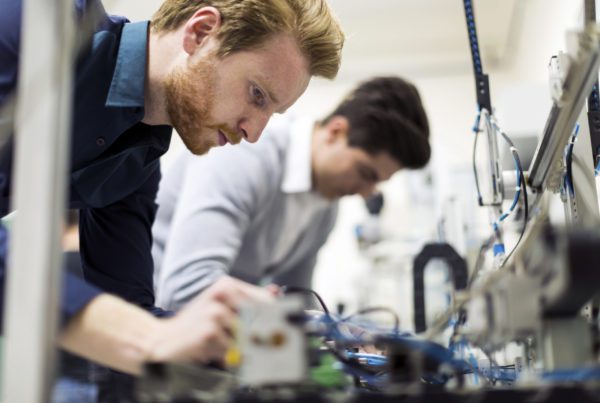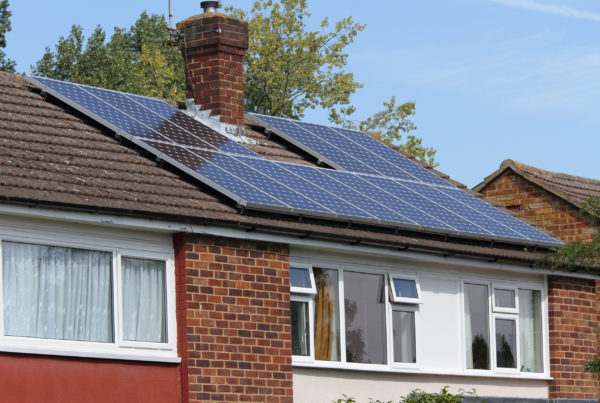
Ice Ice Baby
Well now that America’s favorite game has come and gone, and the Packers have slid past the Steelers to their 4th Superbowl victory, let’s talk about our next favorite hard hitting sport, hockey. Growing up in Northern Wisconsin, pond hockey was a yearly tradition. We would all wait anxiously for the ice to get thick enough until we could clumsily skate out there and do our best Wayne Gretzky impressions.
Well not everybody wants to, or even can, wait for the outdoor weather to get cold enough to freeze ponds, so we resort to indoor ice rinks. Ice rinks are one of the most energy intensive building types around. As you might suspect, most of that energy is used for refrigeration. So what can be done to reduce the load on the refrigeration system?
Radiation Ain’t Cheap
Let me start by defining radiation. Thermal radiation is energy transferred via electromagnetic waves between two objects. This energy does not measurably heat the air through which it transfers, just the object that it ultimately reaches.
The largest load on an ice rink is due to radiation. That is radiation from lights and from the ceiling. The lights and ceiling are at a higher temperature than the sheet of ice, so if they have a line of sight, they are radiating energy to the sheet of ice. All else being equal, the ceiling has more surface area, so let’s focus on that.
The British Call it Aluminium
Since we have to deal with ceiling radiation, what can we do to reduce it? Well, without getting into a physics lesson, let’s simplify things and say that the energy radiated is proportional to the difference in temperature between the ice and ceiling multiplied by the emissivity factor of the ceiling (It’s actually much more complicated than this). So what is this emissivity factor? Emissivity is a surface property, and is material specific. For instance, steel and wood have an emissivity of about 90%. So, about 90% of the maximum theoretical radiation energy for a given temperature difference reaches the ice sheet.
Low emissivity, or Low-E, ceilings can drastically cut the radiated energy that reaches the sheet of ice. These ceilings can come in the form of panels, curtains, or even paints. Aluminum is notorious for having a low emissivity, which is why it is used to keep the pie crust edges from burning – so it is usually incorporated into these Low-E ceilings. The emissivity of a typical Low-E ceiling can be less than 10%.
For the Win
When all is said and done, the installation of a Low-E ceiling can reduce the load on an ice rink by over 20%. This is huge because it will allow the refrigeration system to operate at a lower load, and possibly even a higher temperature. If you have any experience with refrigeration systems, you know they are not cheap to operate, so this is reason for rink owners to rejoice.
Be sure to pick a durable product though. I have been in my fair share of arenas where some of these products have been installed, only to be damaged by stray pucks. In conclusion, I will say that I wanted to work the phrase “hat trick” in here somewhere, but since that didn’t work out, I will say this: keep your energy use in check with a low-E ceiling!



